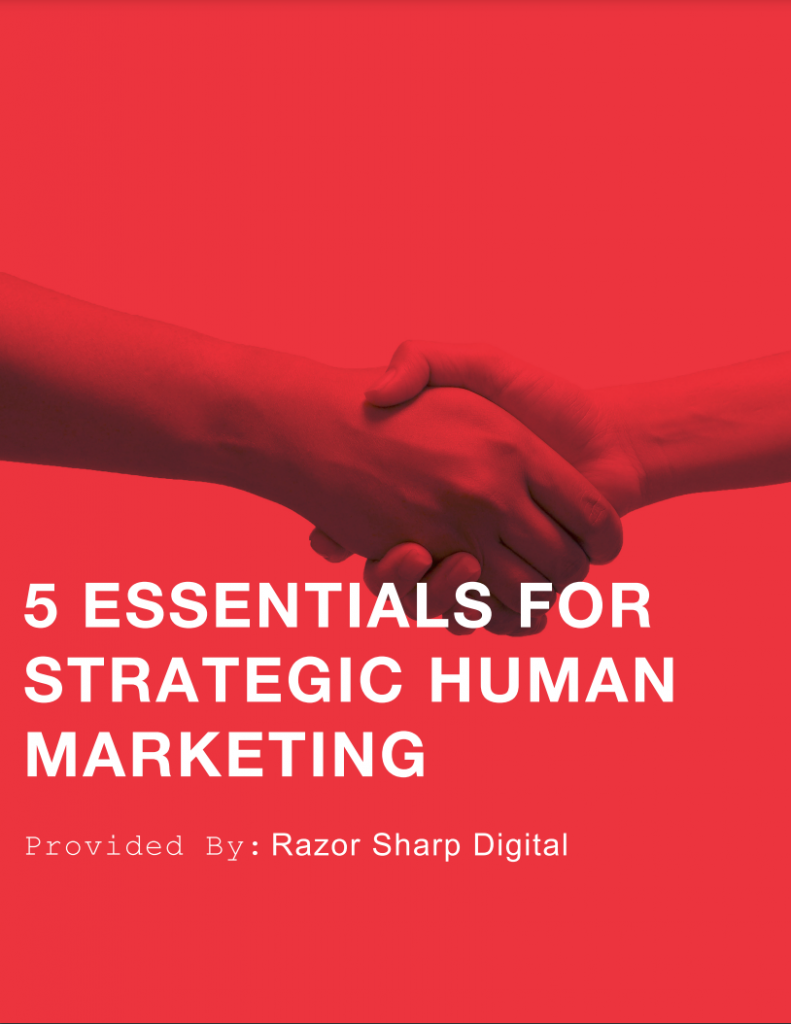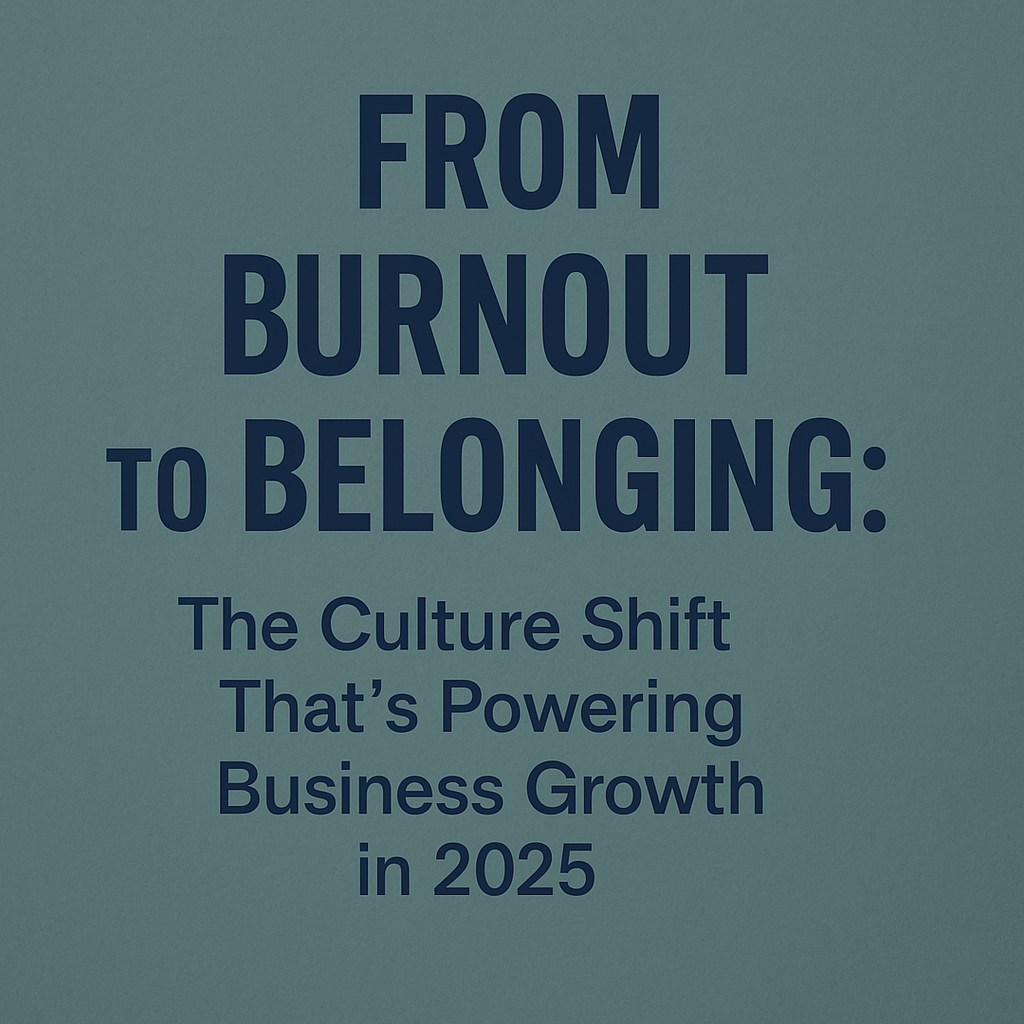What Is Multimodal Search?
Multimodal search refers to the ability of search engines and AI platforms to process and understand inputs from different modes—text, voice, image, and conversation.
Examples:
Asking Siri or Alexa a question using voice
Uploading a product photo into Google Lens
Chatting with an AI assistant to get information
Using a visual or audio prompt instead of typed keywords
As platforms like Google, Bing, YouTube, and ChatGPT evolve, they’re all embracing natural, intuitive inputs—and they’re reshaping how content is discovered and ranked.
Why Multimodal Search Matters for SEO
Search engines are no longer just crawling text—they’re interpreting voice inflection, image metadata, and conversational context. This means your SEO strategy needs to be more than just keyword-focused.
Key Impacts on SEO:
Voice searches tend to be longer, more conversational, and intent-driven
Visual searches rely on high-quality images, alt text, and visual context
Chat-based searches demand clear, trustworthy, structured responses
AI search interfaces prioritize user experience over traditional page rankings
6 Ways to Optimize for Multimodal Search in 2025
Ready to adapt your SEO for the future? Here’s how to align your strategy with multimodal search behavior:
1. Optimize for Voice Search with Natural Language
Voice queries sound like questions, not keywords.
Use:
2. Embrace Visual Search with Strong Image SEO
Visual platforms like Google Lens, Pinterest, and Instagram Search are growing.
Make sure your images have:
3. Structure Your Content for Chatbots and AI Overviews
AI-powered interfaces pull content that is:
Directly answerable
Clearly structured (headers, bullets, tables)
EEAT-aligned (Experience, Expertise, Authoritativeness, Trustworthiness)
Use schema markup and answer common questions in simple, scannable formats.
4. Invest in Video and Audio SEO
YouTube is a major visual search engine, and podcast platforms are rising in search power.
For better discoverability:
Add transcripts to videos
Optimize titles, descriptions, and tags
Embed multimedia with contextual copy on your site
5. Local SEO Meets Voice + Visual Search
“Near me” voice queries and map-based image searches demand local optimization.
Keep your Google Business Profile updated
Add geotags and local keywords to visuals
Encourage reviews and citations across platforms
6. Track and Analyze Multimodal Search Data
Use tools like:
Google Search Console (for image & video tracking)
Semrush / Ahrefs (for voice-friendly keywords)
Chatbot analytics (to understand conversational queries)
Final Thoughts: SEO Is No Longer One-Dimensional
In 2025, your audience is searching with their eyes, voice, and conversations—not just their keyboards. To stay ahead, you must meet users where they are, across every mode of interaction.
A multimodal SEO strategy doesn’t replace traditional tactics—it enhances them. When you optimize for how people naturally engage with the digital world, your brand becomes more discoverable, more relevant, and more trusted.









